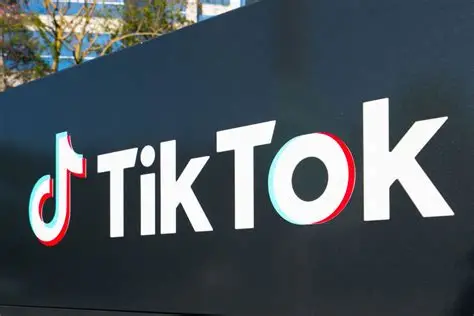For several years now, TikTok has been a dominant force in music discovery. A snippet of a track, once living quietly on streaming platforms or tucked away in the back catalogue, could be catapulted into global prominence through a viral trend, dance challenge, or meme. The app’s algorithm driven “For You Page” gave artists unprecedented access to listeners, enabling songs to break without traditional radio play or label backing. As one analysis noted, the very structure of song writing began shifting: “A song only needs a few seconds in the right hands… not weeks of radio play” just to spark.
TikTok’s impact has been massive. It didn’t just launch new songs, it revived older ones, giving them second lives. The app became a central component of many artists’ release strategies and label marketing plans. At its peak, catching fire on TikTok felt like a shortcut to mainstream success.
However, recent signs suggest that TikTok’s influence in the music space is encountering headwinds. Several metrics and industry observations point to a shift: the app’s share of music discovery among younger users has dropped. According to a study by MusicWatch, TikTok’s share among the 13-24 age group fell from 51% to 42% year-on-year. Marketing strategies are also changing: one report noted that labels and agencies are pulling back on TikTok-specific spends, seeking more sustainable artist development beyond viral moments.
One compelling piece of evidence comes from the quasi-natural experiment when Universal Music Group (UMG) temporarily pulled its songs from TikTok during a licensing dispute in early 2024. Surprisingly, for many of those tracked songs, streams on traditional platforms like Spotify actually increased by 2–3%. This suggests that TikTok does not always augment streaming consumption in the way many assumed in some cases, it may substitute it.
So, what does this mean? It doesn’t mean TikTok is dead far from it. It remains a powerful tool for discovery and culture shaping. But the era of “upload a song, hope for a 15-second clip to blow up and watch millions of streams roll in” is showing cracks. The ecosystem around music is evolving, and TikTok’s role is changing.
Here are several key dynamics to keep in mind:
1. Virality ≠ Longevity
TikTok can create spikes, but conversion from viral moment to long-term fanbase is proving harder. A recent global survey found that only 16 % of 16-24-year-olds who heard a song on social media went on to stream it elsewhere; fewer than 10 % became “superfans”.
2. Platform diversification
Younger users are spreading their attention across multiple platforms Instagram Reels, YouTube Shorts, and other short-form video networks are increasing their share of “music discovery” time. The advantage that TikTok once held is being challenged.
3. Strategy matters more than hype
With trends saturating the market, artists and labels are placing more emphasis on building relationships, catalogue depth, and consistent output rather than a singular viral leap. The “short-form moment” is no longer enough on its own.
4. A possible return to fundamentals
Some industry voices believe we may be seeing a shift back toward quality over gimmickry, songwriting over hook-bait, and fan engagement over algorithm manipulation. Not everyone is convinced, but the conversation is changing.
In summary: TikTok has been a game-changer for music. It reshaped how songs are discovered, how artists are promoted, and how culture spreads. But it’s now approaching a new phase. The tool remains vital, but its magic formula is less automatic than it once seemed. For artists, the lesson is clear: use TikTok as part of a broader strategy not as the strategy. Build songs, identities, and audiences that go beyond the loop.


Leave a Reply